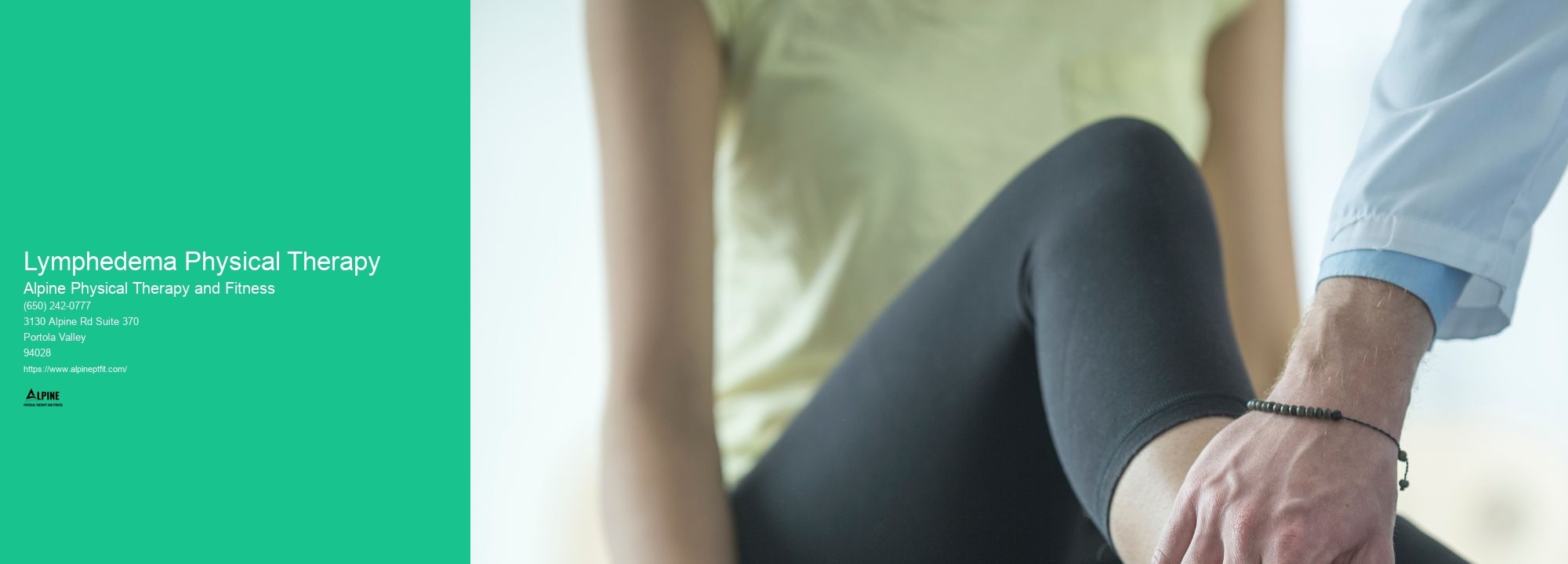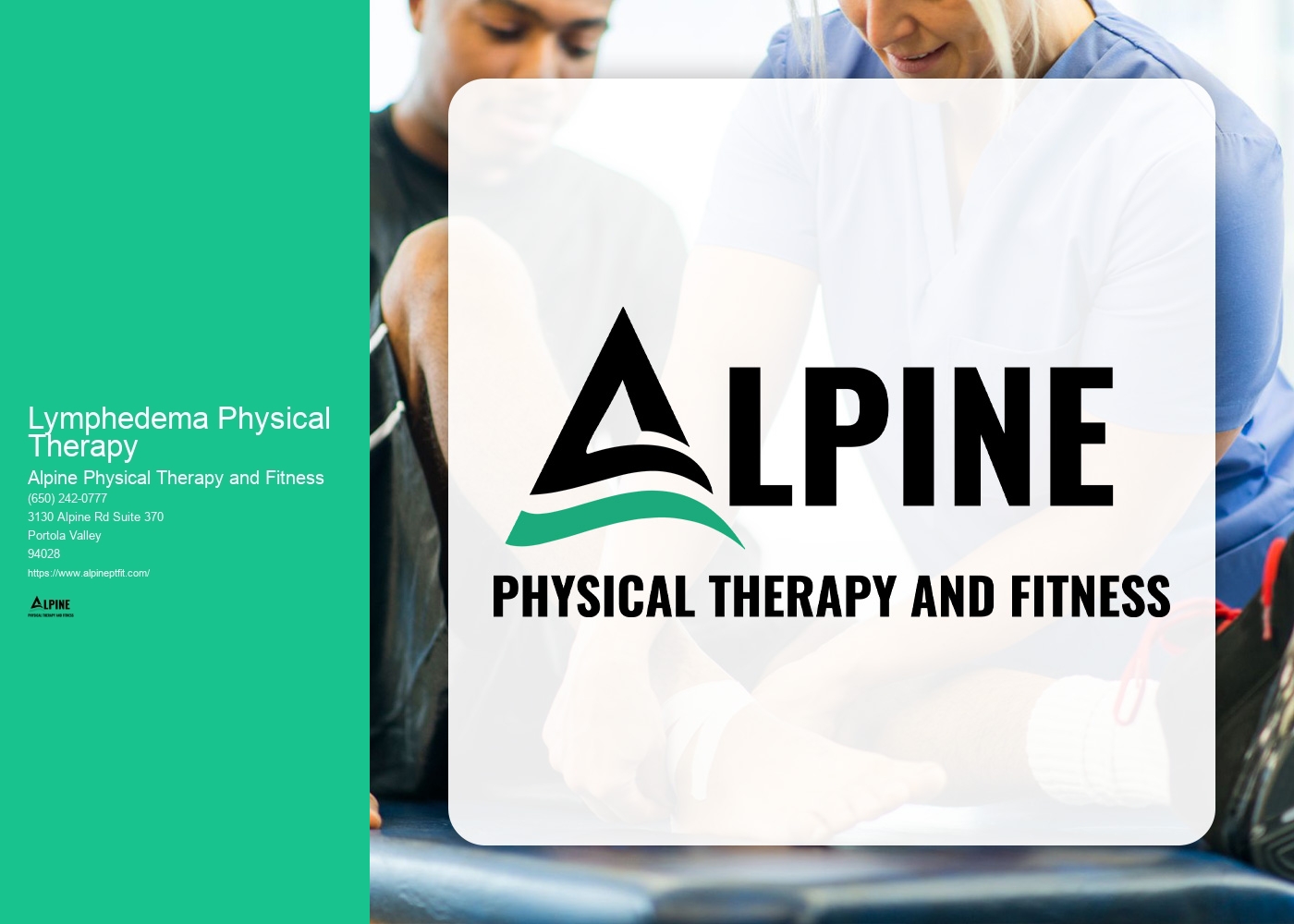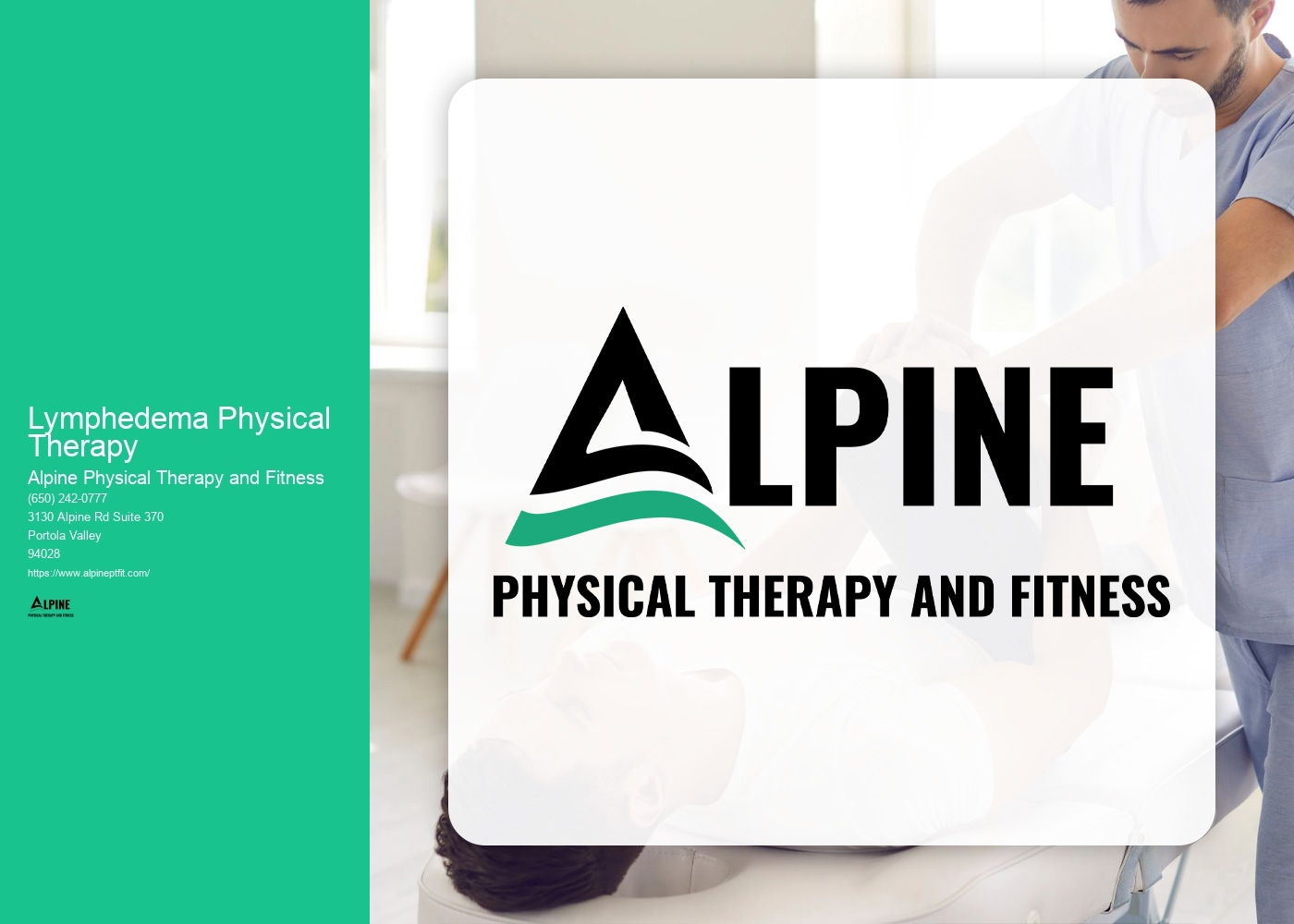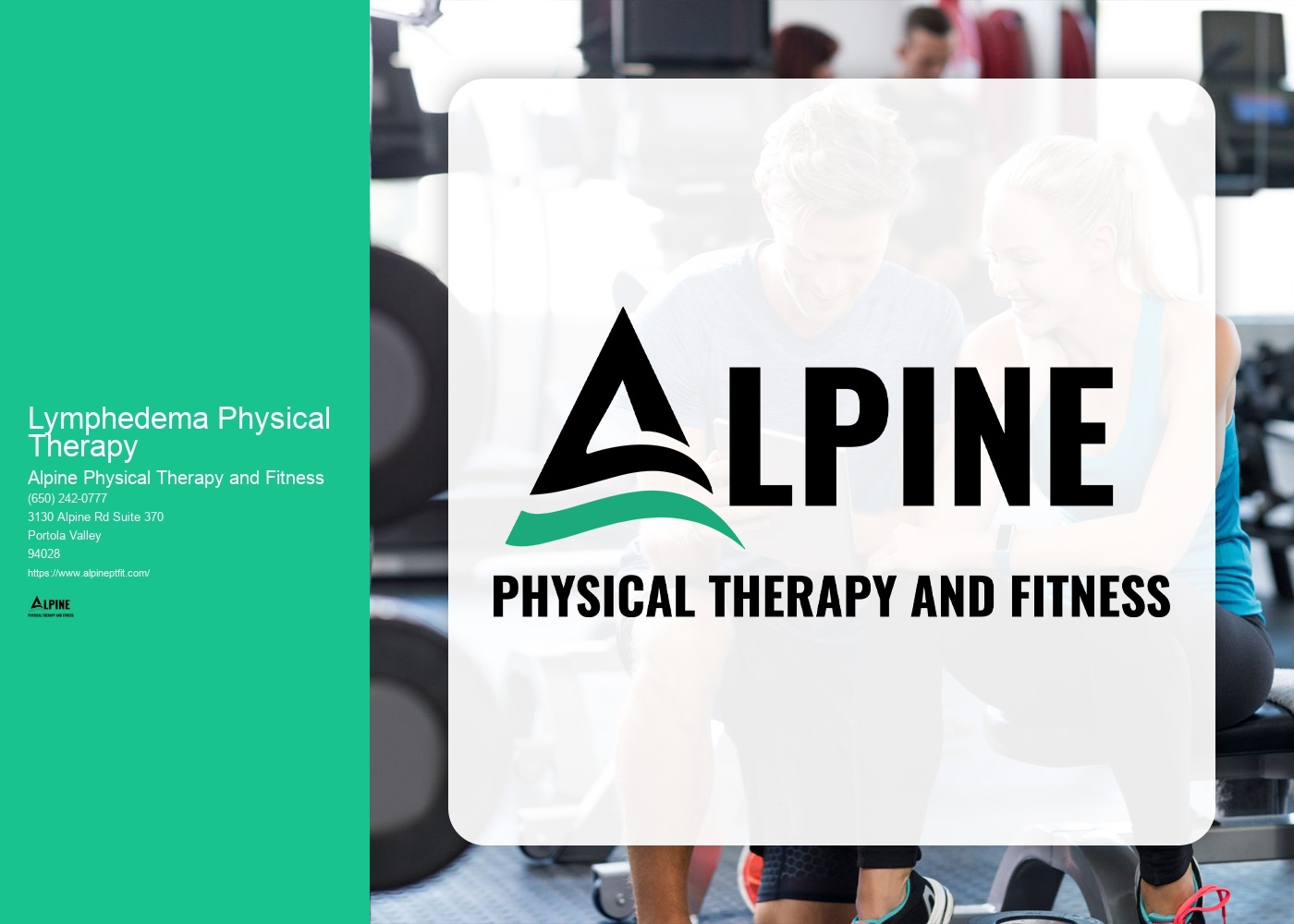

Lymphedema is a chronic condition characterized by the accumulation of lymphatic fluid in the tissues, leading to swelling and discomfort. It develops when there is a disruption or damage to the lymphatic system, which is responsible for draining excess fluid from the body. This can occur due to various factors, including surgery, radiation therapy, infection, trauma, or congenital abnormalities. When the lymphatic system is compromised, the fluid cannot flow properly, resulting in the buildup of fluid in the affected area.
Common symptoms of lymphedema include swelling, heaviness, tightness, and aching in the affected limb or body part. The swelling may be mild or severe, and it can worsen over time if left untreated. Other symptoms may include decreased flexibility, skin changes such as thickening or hardening, recurrent infections, and difficulty fitting into clothing or shoes. It is important to note that symptoms can vary depending on the stage and severity of the condition.
Lymphedema is typically classified into four stages based on the severity of the swelling and the presence of other symptoms. In stage 0, there may be no visible swelling, but the patient may experience discomfort or heaviness. Stage 1 is characterized by mild swelling that reduces with elevation and may be accompanied by pitting edema. In stage 2, the swelling becomes more pronounced and does not reduce with elevation. The skin may also become thickened or hardened. Stage 3 is the most severe stage, with significant swelling, skin changes, and potential complications such as infections or ulcers.

Physical therapy plays a crucial role in managing lymphedema. It focuses on reducing swelling, improving lymphatic flow, and enhancing overall function and quality of life. Physical therapists use a combination of manual techniques, exercises, compression therapy, and education to help patients manage their condition. They may perform manual lymphatic drainage, a gentle massage technique that stimulates lymphatic flow. They also teach patients self-care techniques, such as skin care, compression bandaging, and exercises to promote lymphatic drainage.
In lymphedema physical therapy, specific exercises and techniques are used to improve lymphatic flow and reduce swelling. These may include range of motion exercises to improve flexibility, strengthening exercises to support the affected limb, and aerobic exercises to promote circulation. Deep breathing exercises and diaphragmatic breathing techniques can also help stimulate lymphatic flow. Additionally, therapists may use compression garments or bandaging to provide external pressure and support to the affected area.

While physical therapy is generally safe and beneficial for lymphedema management, there are some precautions and contraindications to consider. Patients with active infections, blood clots, or congestive heart failure may need to avoid certain techniques or exercises. It is important for individuals with lymphedema to consult with a qualified physical therapist who can assess their specific needs and tailor the treatment plan accordingly.
The duration of lymphedema physical therapy can vary depending on the individual's needs and the severity of the condition. Typically, treatment may last for several weeks to months, with regular sessions scheduled one to three times per week. The frequency and duration of therapy may be adjusted based on the patient's progress and response to treatment. It is important for patients to commit to their therapy program and follow the recommendations of their physical therapist to achieve optimal results in managing lymphedema.

In aquatic physical therapy sessions, several safety precautions are taken to ensure the well-being of the participants. First and foremost, the water temperature is carefully regulated to provide a comfortable and safe environment. The pool area is also equipped with non-slip surfaces to prevent accidents and falls. Additionally, certified aquatic therapists closely monitor the sessions to ensure proper body mechanics and prevent any potential injuries. Participants are provided with appropriate flotation devices and are guided through exercises that are tailored to their individual needs and abilities. Emergency equipment, such as life jackets and rescue tubes, are readily available in case of any unforeseen circumstances. Overall, these safety precautions help create a secure and effective environment for aquatic physical therapy sessions.
Pediatric physical therapy is a specialized branch of physical therapy that focuses on treating children with various conditions and disorders. Some of the conditions that can be effectively treated through pediatric physical therapy include cerebral palsy, developmental delays, muscular dystrophy, spina bifida, torticollis, and Down syndrome. Additionally, pediatric physical therapy can also help children with orthopedic injuries, sports-related injuries, and post-surgical rehabilitation. The goal of pediatric physical therapy is to improve mobility, strength, coordination, balance, and overall physical function in children, allowing them to participate in daily activities and reach their full potential.
Physical therapy is highly effective in treating frozen shoulder, also known as adhesive capsulitis. This condition is characterized by stiffness, pain, and limited range of motion in the shoulder joint. Physical therapy interventions, such as stretching exercises, range of motion exercises, and strengthening exercises, can help improve shoulder mobility and reduce pain. Additionally, modalities like heat therapy, cold therapy, and electrical stimulation may be used to alleviate symptoms and promote healing. The goal of physical therapy is to restore normal shoulder function and improve the patient's quality of life. Research studies have shown that physical therapy is a safe and effective treatment option for frozen shoulder, with many patients experiencing significant improvements in pain and range of motion after completing a course of therapy.
Regular exercise is crucial for preventing falls in the elderly. A combination of strength, balance, and flexibility exercises can help improve muscle tone, coordination, and stability. Strength exercises, such as leg presses and squats, can help build muscle and improve overall stability. Balance exercises, such as standing on one leg or walking heel-to-toe, can help improve balance and reduce the risk of falls. Flexibility exercises, such as stretching and yoga, can help improve range of motion and prevent muscle stiffness. Additionally, activities like tai chi and water aerobics can be particularly beneficial for improving balance and reducing the risk of falls. It is important for elderly individuals to consult with a healthcare professional or a qualified exercise specialist to develop a personalized exercise program that suits their specific needs and abilities.
Gait training is an essential component of rehabilitation for patients with neurological disorders. To ensure the best outcomes, several best practices should be followed. Firstly, it is crucial to conduct a thorough assessment of the patient's gait pattern, including their posture, balance, and coordination. This assessment should be tailored to the specific neurological condition and take into account any associated impairments, such as muscle weakness or spasticity. Secondly, a multidisciplinary approach involving physiotherapists, occupational therapists, and rehabilitation physicians should be adopted to provide comprehensive care. This team can collaborate to develop an individualized treatment plan that addresses the patient's specific needs and goals. Thirdly, the use of assistive devices, such as walkers or canes, should be considered to support the patient's stability and safety during gait training. These devices can help improve balance and reduce the risk of falls. Additionally, incorporating task-specific exercises and functional activities into the training program can enhance the patient's ability to perform daily tasks and improve their overall mobility. Regular reassessment and adjustment of the treatment plan are also essential to ensure ongoing progress and optimize outcomes. By following these best practices, healthcare professionals can effectively support patients with neurological disorders in improving their gait and overall functional abilities.
Physical therapy can be an effective treatment option for individuals suffering from adhesive capsulitis of the shoulder, also known as frozen shoulder. This condition is characterized by pain, stiffness, and limited range of motion in the shoulder joint. Physical therapy interventions such as joint mobilizations, stretching exercises, and strengthening exercises can help improve shoulder mobility, reduce pain, and restore function. Additionally, modalities like heat therapy, cold therapy, and electrical stimulation may be used to alleviate pain and promote healing. The physical therapist will develop a personalized treatment plan based on the individual's specific needs and goals, ensuring a comprehensive and targeted approach to managing adhesive capsulitis.